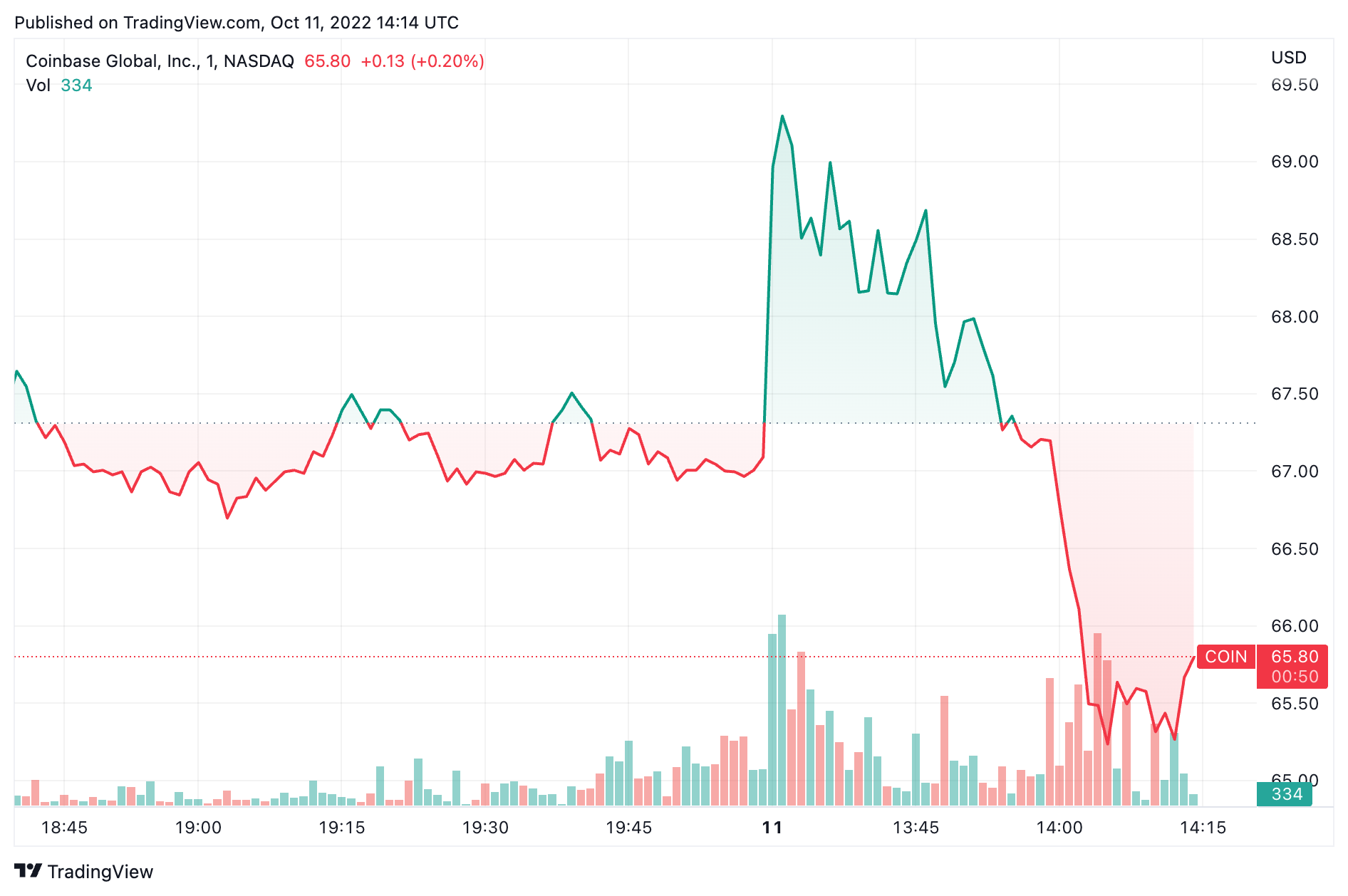A senior U.S. banking regulator raised concerns that stablecoins could be seen as a term of “disguise” and that the technology looks much like banking, but without the same rules as the traditional banking sector.
“They want to borrow ideas out of bank deposits and this idea that you’ve got something that functions just like money, but on the internet,” said Acting Comptroller of the Currency Michael Hsu at Georgetown Law’s D.C. Fintech Week, a conference in Washington, DC featuring regulators and industry executives. “If we’re not careful, that’s not right. If you could not use the the term ‘stablecoin’ to describe it, how would you describe it?”
Hsu’s remarks echoed concerns raised in a report released Tuesday morning by the Financial Stability Board, an international organization of central bankers and senior regulators, warning that current stablecoins do not meet the organization’s “high-level recommendations,” and suggesting the need for authorities to be ready to apply relevant regulations to any stablecoins that could become Global Stablecoin Arrangements (GSCs).
The report was released ahead of the G20 Finance Ministers and Central Bank Governors (FMCBG) meeting starting Oct. 13.
“This concept is useful as shorthand,” Hsu continued, but when it comes to setting consumer expectations of how it’s going to function, he added that, “now we’re moving into the world of disguise, and that’s where I get worried.”
Hsu raised the topic of stablecoins when bringing up areas of “safety, soundness, and fairness,” that he is focused on as a subject of concern.
Still, Hsu said he didn’t want to completely discourage experimentation with financial technology.
“If the thing that is being discussed or being experimented with is not that big, I, as Acting Comptroller of the Currency, will probably not care that much about it,” said Hsu. “There’s a materiality threshold which I think provides plenty of space for the experimentation that folks want to do,” and that his agency would get involved only if a project started to violate the safety, soundness and fairness measures he raised as his focus.
© 2022 The Block Crypto, Inc. All Rights Reserved. This article is provided for informational purposes only. It is not offered or intended to be used as legal, tax, investment, financial, or other advice.

